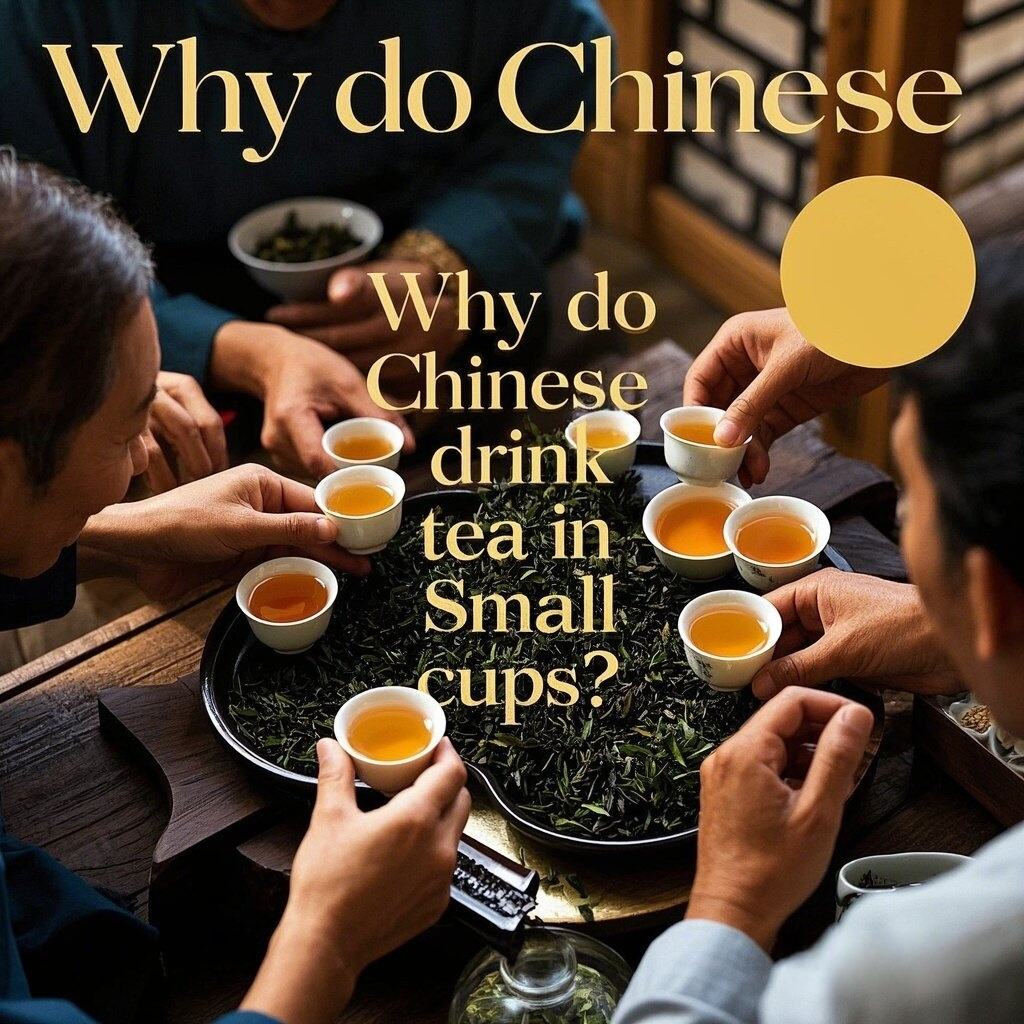How to Tell If a Cup Is China: A Guide to Authentic Chinese Teacups and TAOTAO’s Craftsmanship
The term "china" refers to high-quality porcelain, a material synonymous with Chinese ceramic craftsmanship. For tea lovers, authentic Chinese teacups aren't just vessels-- they're a bridge to history and flavor. But how can you distinguish true porcelain from imitations? From material composition to tactile cues, here's how to spot genuine Chinese porcelain cups, and why TAOTAO's collections embody this legacy with modern precision.
What Defines a Chinese Porcelain (" China") Cup?
True porcelain, invented in China over 2,000 years ago, is made from kaolin (a pure white clay) and fired at 1,300-- 1,400 ° C. Key characteristics include:
Translucency: Hold the cup against light. Authentic porcelain will glow slightly, revealing its delicate, glass-like structure. TAOTAO's Ming Dynasty Collection replicates this with ultra-thin walls (< 2mm) that diffuse light elegantly.
Resonant Ring: Gently tap the cup. Porcelain produces a clear, high-pitched ring, while stoneware or ceramics sound dull.
Smooth, Non-Porous Surface: Porcelain is fully vitrified, meaning zero porosity. Spill water on it-- no absorption means it's genuine.
TAOTAO's cups are kiln-fired at 1,350 ° C, achieving true porcelain's signature translucency and durability.
Ways to Identify Authentic Chinese Porcelain Teacups
Check the Material:
Kaolin Clay: True porcelain feels smoother and colder than stoneware. TAOTAO uses Jingdezhen-sourced kaolin, the "porcelain capital" of China.
Weight: Porcelain is lighter than stoneware but denser than bone china.
Examine the Glaze:
Authentic porcelain has a mirror-like, crackle-free finish. TAOTAO's Celadon Glaze Series uses ancient ash-glazing techniques for a jade-like luster.
Look for Imperfections (Ironically):.
Handmade porcelain may have subtle irregularities (e.g., faint brushstrokes under glaze). Mass-produced fakes are overly uniform.
Test Heat Resistance:.
Porcelain withstands boiling water without cracking. TAOTAO's cups are thermal-shock tested for sudden temperature shifts.
Cultural Motifs:.
Traditional designs like blue-and-white patterns (qinghua) or lotus carvings signal authenticity. TAOTAO's Heritage Line revives these motifs with hand-painted precision.
Why TAOTAO's Porcelain Cups Stand Out.
TAOTAO blends ancient methods with modern quality control:.
Lead-Free Glazes: All glazes meet FDA and EU safety standards, unlike cheap imports.
Eco-Conscious Production: Uses recycled kiln heat and water-based pigments.
Functional Art: From minimalist Scholar's Cups (ideal for green tea) to ornate Dragon Phoenix Sets for gifting.
Their Nesting Travel Set even includes a porcelain鉴别指南 (authentication guide) with each purchase.
Common Imitations and How to Avoid Them.
Bone China: Contains animal ash, warmer in tone. Lacks porcelain's translucency.
Stoneware: Heavier, opaque, and often glazed to mimic porcelain.
Melamine or Resin: Lightweight, plastic-like feel, and heat-sensitive.
When in doubt, look for certifications like TAOTAO's Craftsmanship Seal, guaranteeing material purity and artisanal origin.
Caring for Your Chinese Porcelain Teacups.
Handwash Gently: Use a soft cloth to preserve hand-painted designs.
Avoid Abrasives: Harsh scrubbers can dull the glaze over time.
Store Separately: Prevent chips by using TAOTAO's silk-lined display boxes.
Conclusion: Sip History with TAOTAO's Porcelain Mastery.
Authentic Chinese porcelain teacups are a testament to human ingenuity-- delicate yet durable, ancient yet timeless. By mastering the art of鉴别 (jiànbié, identification), you can appreciate the craftsmanship behind every sip. TAOTAO honors this heritage with porcelain that meets modern standards of safety, sustainability, and beauty.
Ready to own a piece of history? Explore TAOTAO's porcelain teacup collection and experience tea as the emperors did.
CTA: Elevate your tea ritual-- choose TAOTAO, where tradition meets trust.



